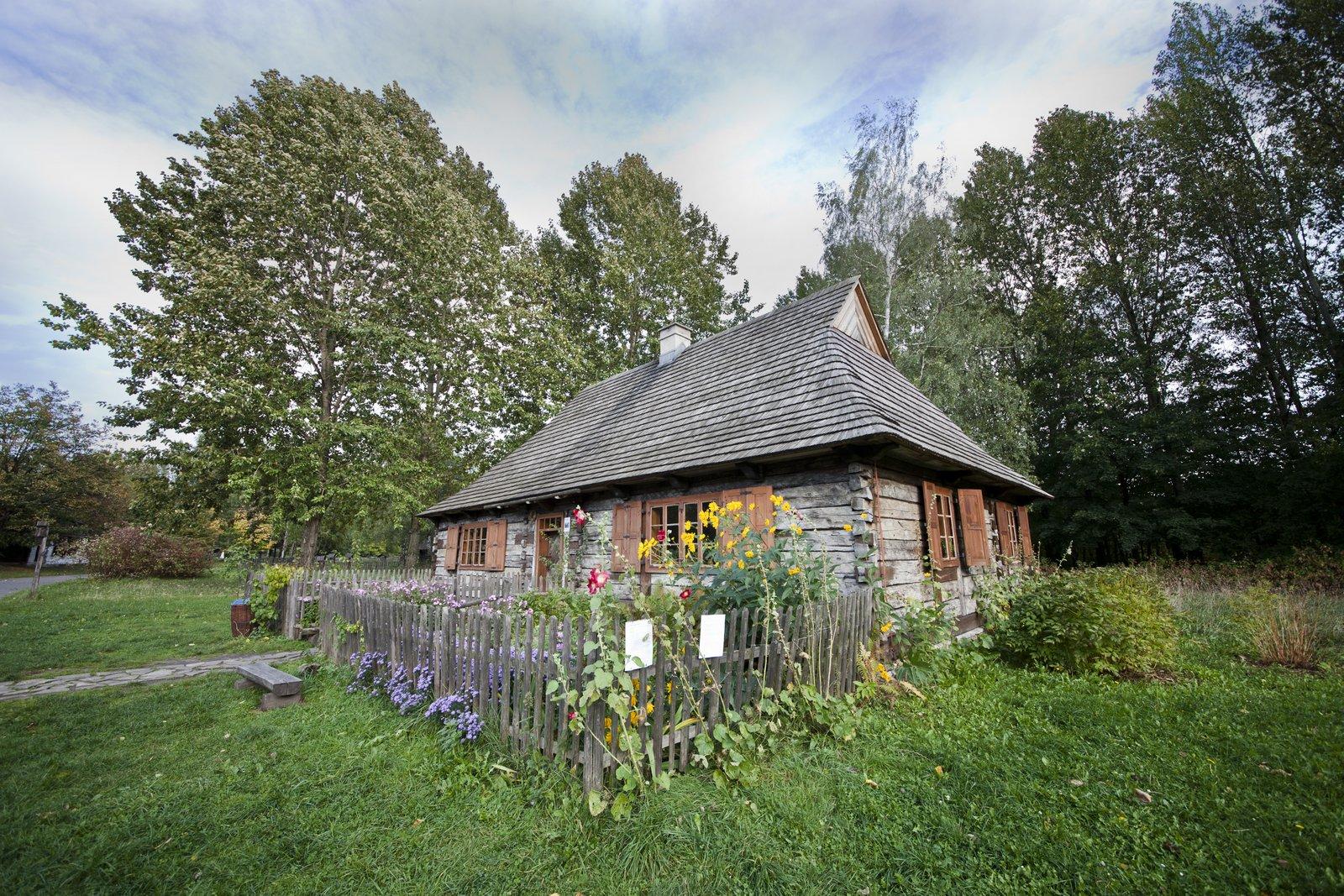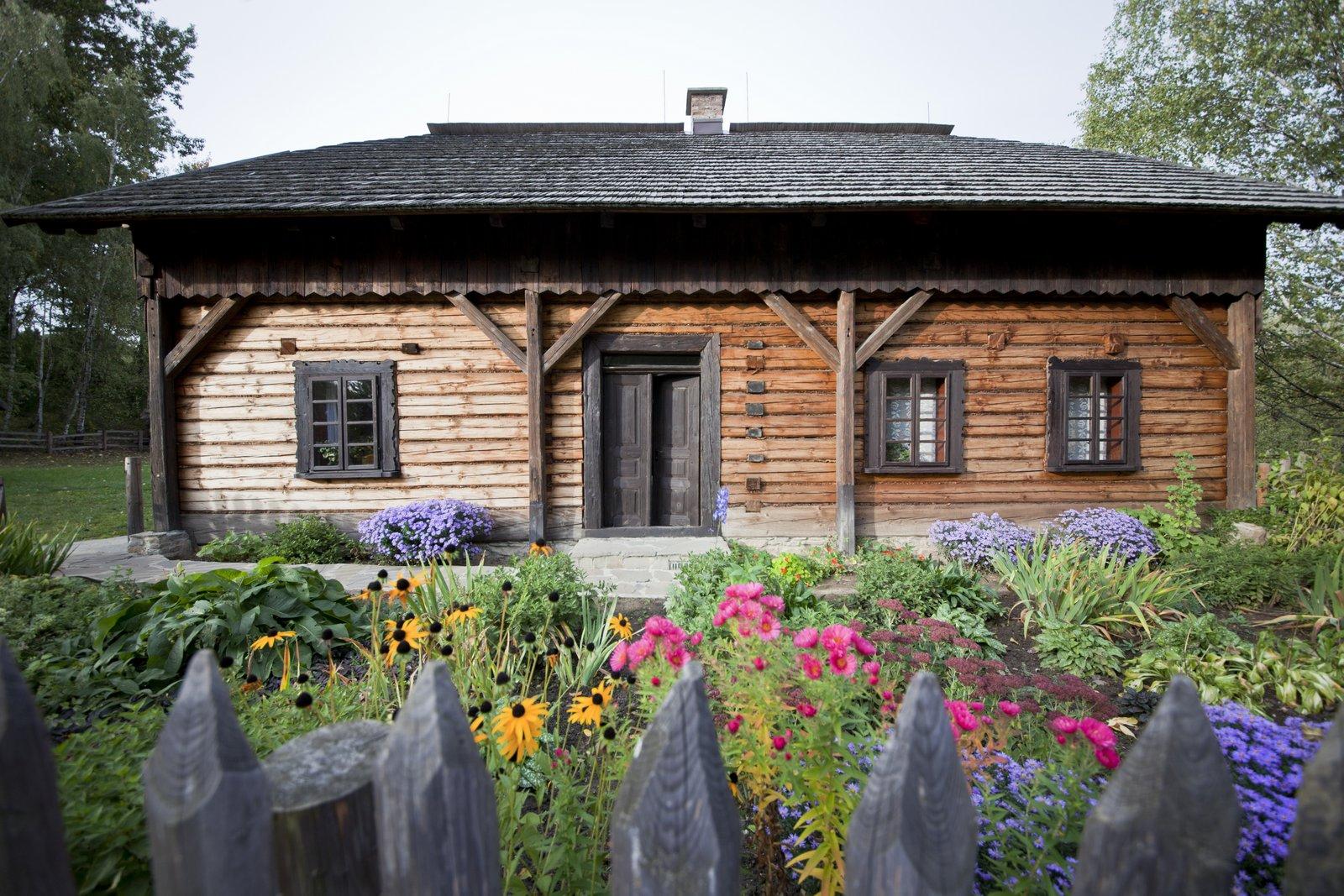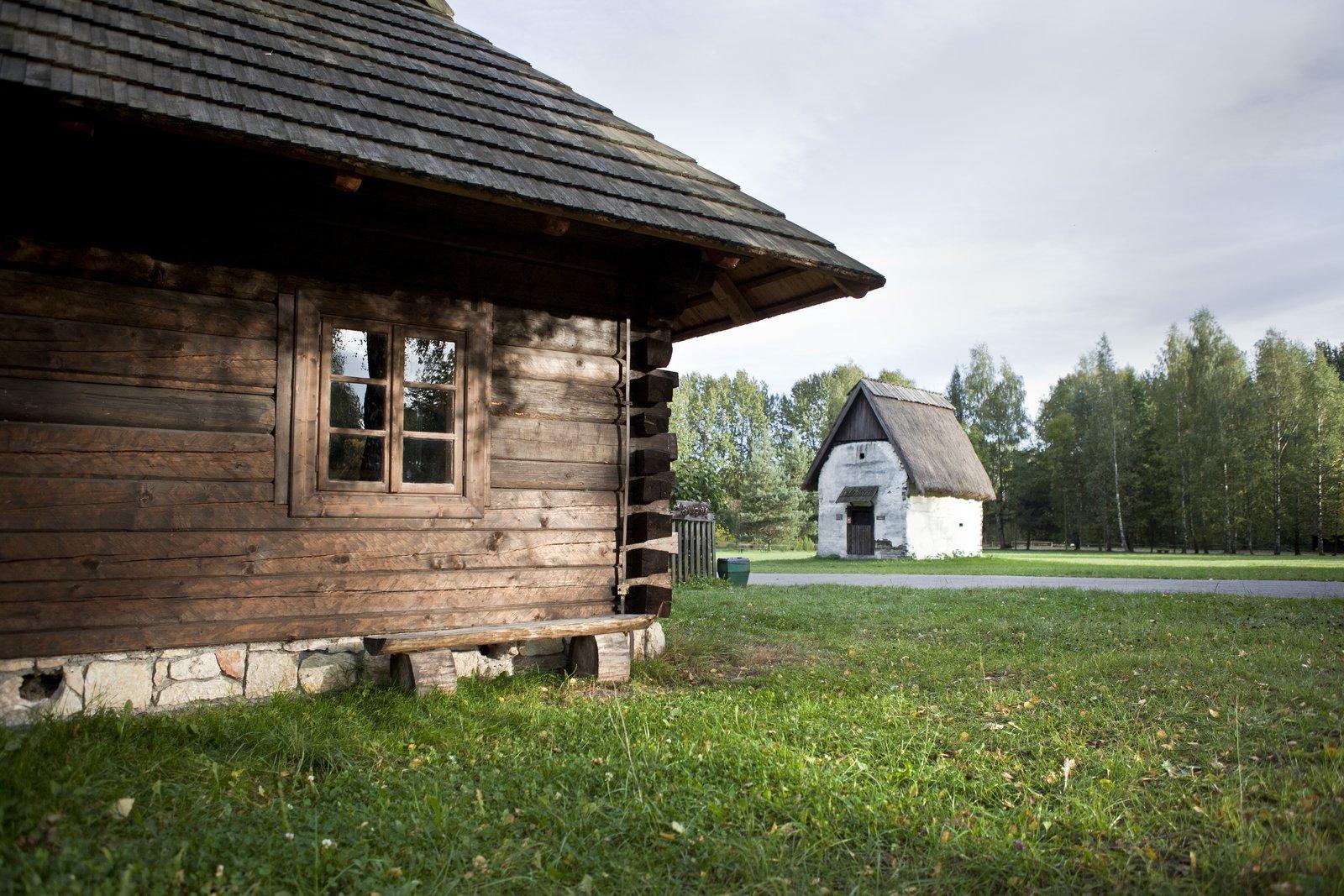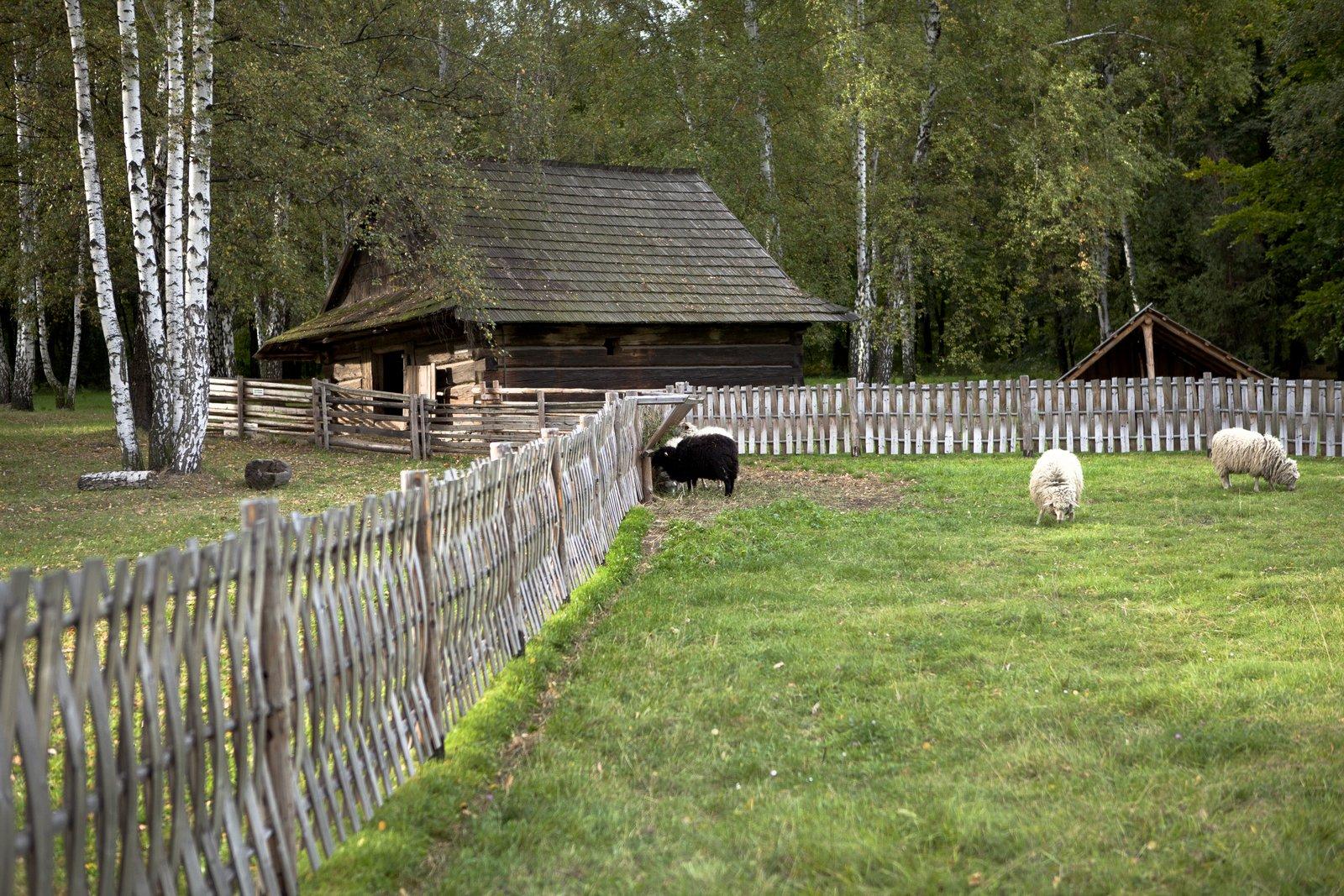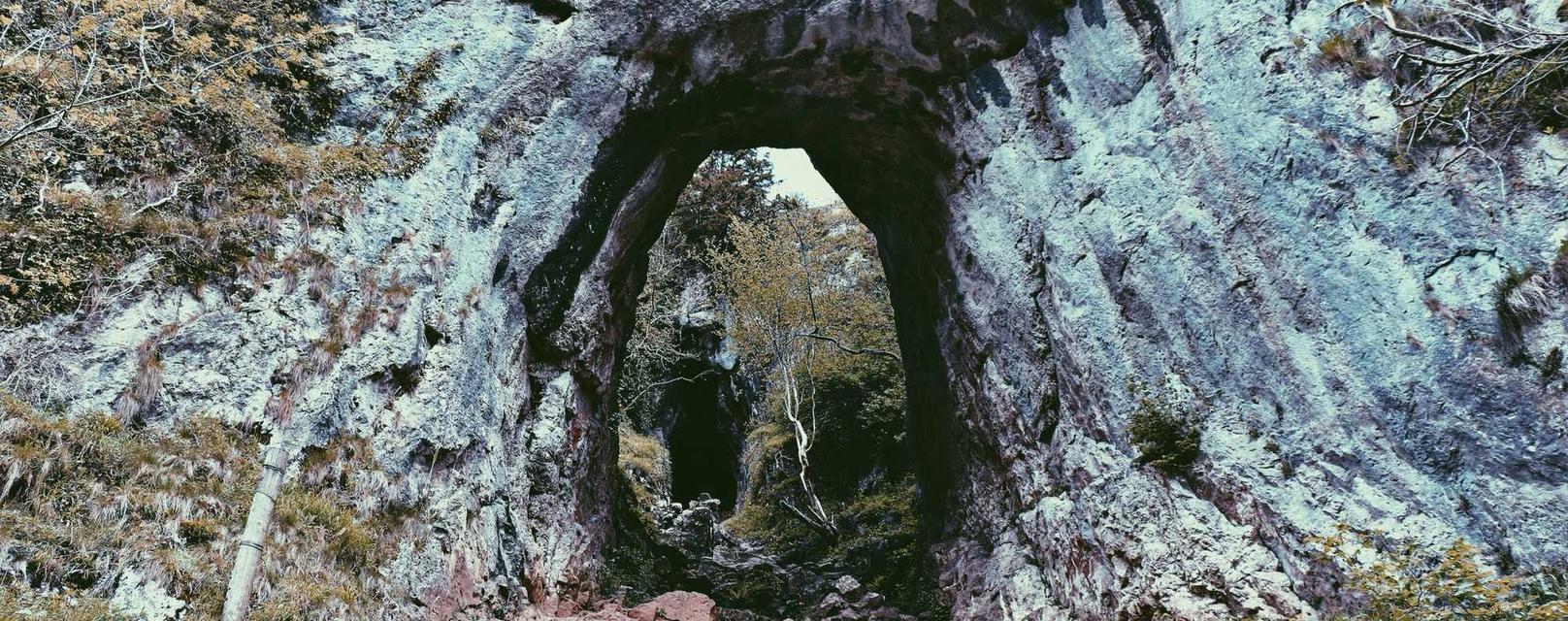Upper Silesian Ethnographic Park in Chorzów
Chorzów
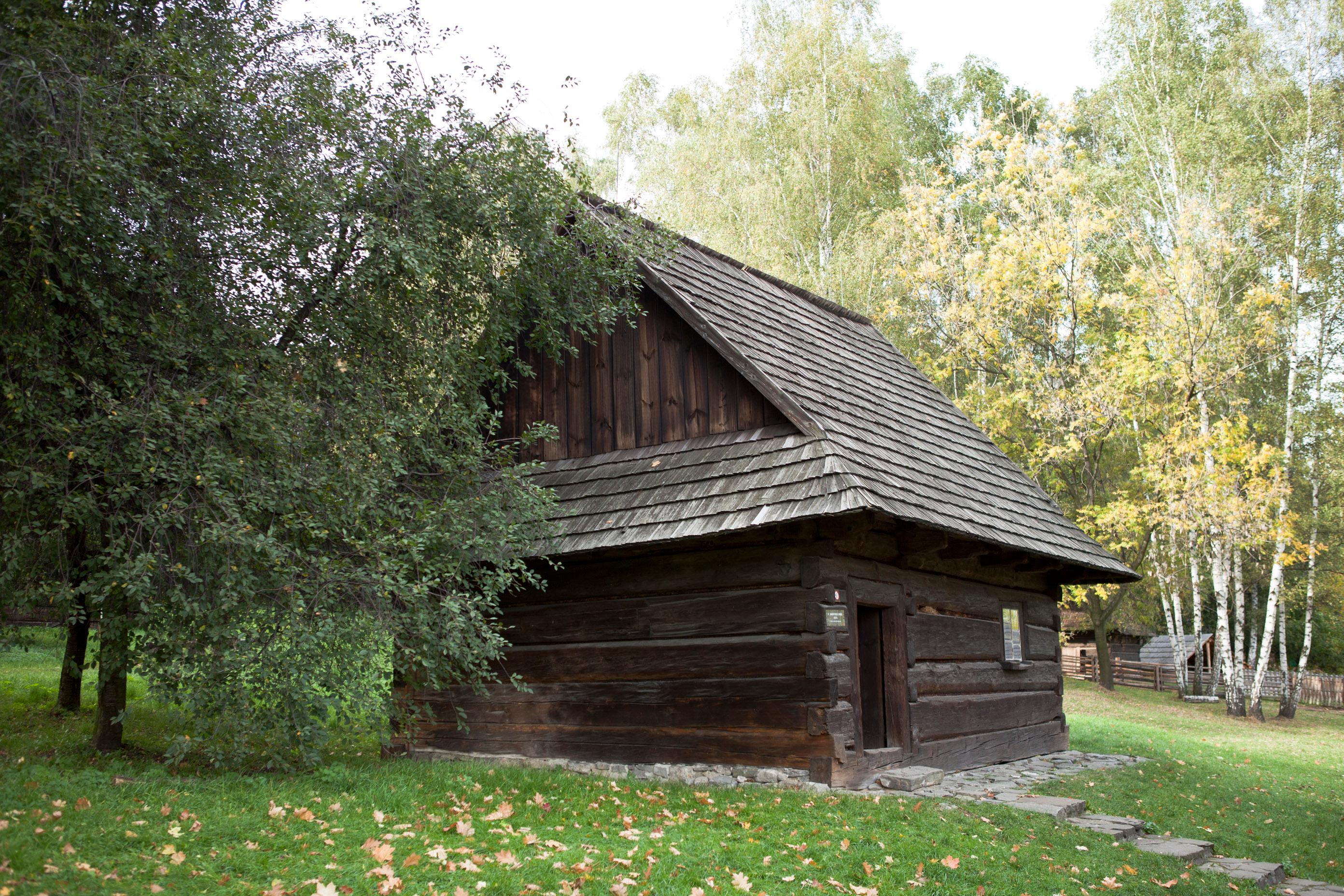
Description
An area development plan of the Upper Silesian Ethnographic Park [Skansen] situated in a Culture and Leisure Park in Chorzów was made between 1961 and 1963 by Maria Suboczowa and Anzhelm Gorywoda. A total area of the park is 22 ha.
It started working in 1938 when the first museum facility, the wooden church from Syrynia (1510), and the manorial granary from Gołkowice (1688) were brought here. The Upper Silesian Ethnographic Park collects and presents traditional, rural, wooden buildings i.e. residential and farm buildings, craft and industrial buildings, churches, all with furnishings.
Until 2010, 102 museum facilities of big and small architecture has been placed here. They include among others:
– the barn from Istebna which features machines and device used on the cottage from the end of the 19th century to a middle of the 20th century
– the granary from Simoradz which show a traditional Upper Silesian farm holding,
– the barn from Grzawa, the exhibition of the most beautiful carriages and sledges in the Upper Silesian Ethnographic Park,
– the windmill from Grzawa (1813),
– the granary from Śmiłowice where it is possible to learn the work of blacksmith, carpenter and cooper,
– the 18th-century vicarage granary from Warszowice where you can find an old wash tub, box iron and a rotor-type washing machine “Frania”,
– the tannery from Koniaków which features a history and areas of the museum activity,
– the church from Nieboczów (1791) of St. Joseph the Labourer,
– the freestanding stove from Landek,
– the huts from Łazy, Strzemieszyce, Ruda Śląska Bykowina, Goleszów, Wapienica,
– the windmill from Ustroń Nierodzimin,
– the granary from Bojanów,
– the granary-cellar from Brenna.
We can mostly find natural lighting inside the buildings.
The Skansen invites people with not only a history but also soul, which is not easy to find in surrounding world. It is a perfect place for film shots. A charm, beautiful fields and meadows typical of rural areas will change an average film set into a historic settlement.
Lech Majewski made use of the skansen’s beauty in the film ‘The Mill and the Cross’.
Additional information
- Is accessible to public?
- Yes
- How far it is?
- At venue
- How good lightning is
- High
- Noise level
- Small
- Has parking space
- Yes
- Needs permission?
- Yes
